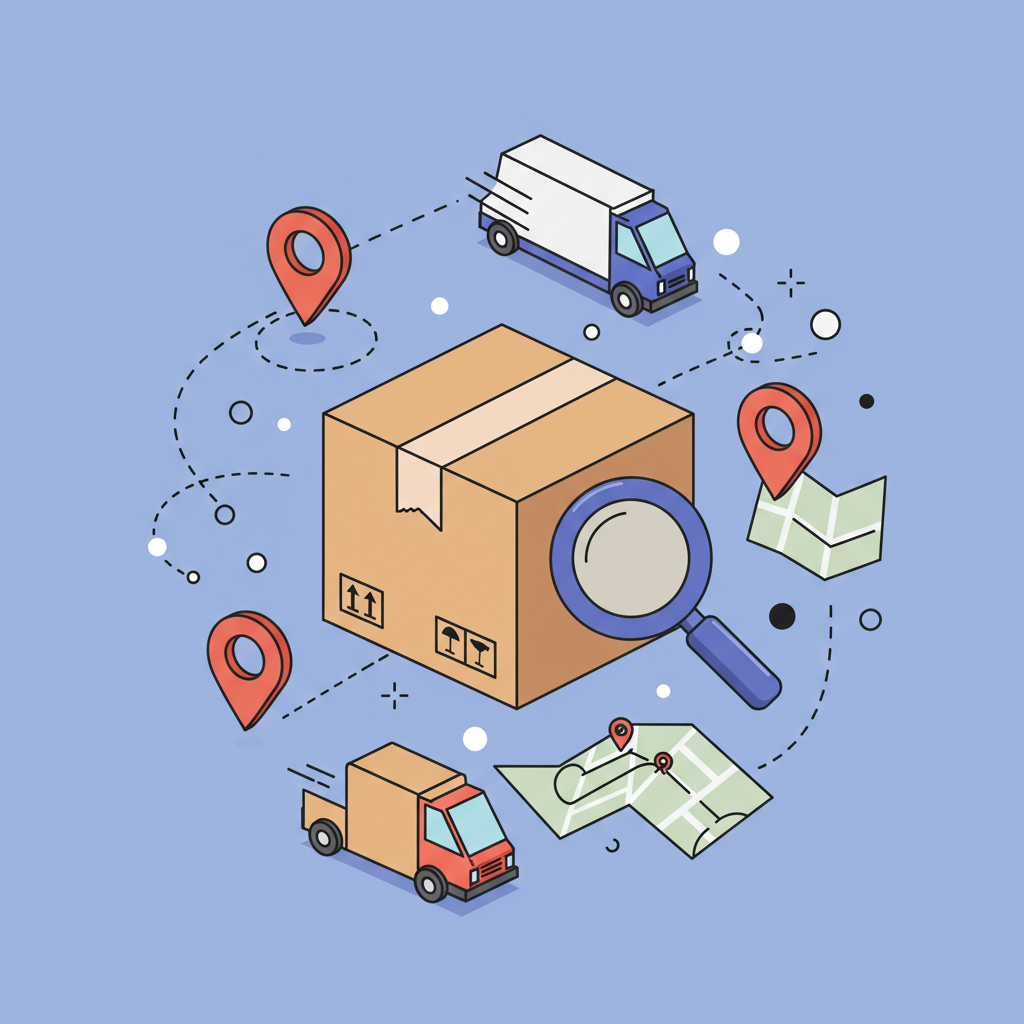Elevate your customer experience and streamline operations with effective order tracking integration.
As a Shopify merchant, I know firsthand the importance of a seamless customer experience. It’s not just about making the sale; it’s about what happens *after* the purchase that truly builds loyalty and repeat business.
One of the most critical elements of this post-purchase journey is order tracking. It’s something customers expect, and frankly, it’s something we, as merchants, should prioritize to maintain transparency and trust.
Today, I want to walk you through the ins and outs of order tracking integration for your Shopify store. We’ll cover why it’s essential, what options are available, and how to implement them effectively to benefit both you and your customers.
Let’s start with the fundamental question: Why is robust order tracking so crucial for your e-commerce business in today’s competitive landscape?
Firstly, it significantly reduces customer inquiries. Imagine the flood of ‘Where’s my order?’ emails and calls you receive daily. Good tracking empowers customers to find answers themselves, reducing your support load.
This self-service capability frees up your customer support team, allowing them to focus on more complex issues and provide higher-value assistance, rather than repetitive tracking updates.
Secondly, it builds immense trust and transparency. When customers can see exactly where their package is at every step, from dispatch to delivery, it instills confidence in your brand and operations.
This transparency reduces anxiety and buyer’s remorse, leading to a more positive overall perception of your store and a greater likelihood of future purchases.
Thirdly, it enhances the post-purchase experience. A well-executed tracking system can turn a simple delivery update into another valuable touchpoint for brand engagement and customer retention.
You can use branded tracking pages to reinforce your brand identity, offer related products, collect valuable feedback, or even promote loyalty programs.
Shopify offers some basic tracking capabilities natively. When you fulfill an order and add a tracking number, customers receive an email with a link that typically directs them to the carrier’s website.
While functional for basic needs, this native approach often lacks the branding, detailed real-time updates, and proactive notifications that modern customers expect from a premium shopping experience.
This is precisely where third-party order tracking solutions come into play. These specialized apps and services are designed to elevate your tracking game far beyond the basics provided by Shopify.
They typically integrate directly with your Shopify store, automatically pulling order data and pushing comprehensive tracking updates from a multitude of carriers worldwide, all in one place.
When considering a third-party solution, what key features should you look for? I always advise my fellow merchants to prioritize a few critical aspects to ensure maximum benefit.
Real-time updates are paramount. Customers want to know the moment their package moves from ‘shipped’ to ‘out for delivery’ or if there are any unexpected delays.
Branded tracking pages are a must-have. This allows you to maintain a consistent brand experience, rather than sending customers to a generic, unbranded carrier website.
Customizable notifications are incredibly valuable. You should be able to send automated emails or SMS messages for various statuses, like ‘in transit,’ ‘out for delivery,’ ‘delivered,’ or ‘exception.’
Multi-carrier support is essential, especially if you ship internationally or use different carriers for various product types or regions. A good solution handles them all seamlessly.
Analytics and insights can help you identify shipping bottlenecks, understand delivery performance across different carriers, and even optimize your shipping strategies for efficiency.
Integration with your existing customer service tools, like a help desk or CRM, can further streamline support by giving agents quick, centralized access to all tracking information.
So, how do you go about integrating one of these powerful solutions into your Shopify store? The process is generally straightforward, but attention to detail is key for a smooth setup.
First, research and choose the right app from the Shopify App Store or a reputable third-party provider. Read reviews, compare features against your needs, and consider your budget carefully.
Once you’ve made your choice, installation is usually a one-click process directly from the App Store, granting the app necessary permissions to access your order data securely.
Next comes configuration. This is where you’ll connect your specific shipping carriers, set up your branded tracking page with your logo and colors, customize notification templates, and define when and how messages are sent.
Don’t forget to test thoroughly! Place a few dummy orders, track them through the new system, and ensure all notifications are firing correctly and the branded tracking page looks and functions as expected.
What do you think about this approach to enhancing the post-purchase experience for your customers? I’d love to hear your thoughts and any experiences you’ve had.
Beyond the technical setup, there are crucial best practices to ensure your order tracking integration truly shines and delivers maximum value.
Communicate clearly with your customers about how they can track their orders. Include the tracking link prominently in order confirmation emails and on your website’s FAQ page.
Set realistic expectations for delivery times. While tracking provides transparency, it doesn’t speed up transit. Be upfront about estimated delivery windows.
Leverage the data. Use the insights from your tracking solution to continuously improve your shipping processes, identify common delivery issues, and enhance overall customer satisfaction.
Finally, remember that even with the best tracking, some issues will inevitably arise. Be prepared to offer prompt, empathetic, and helpful support when a package goes astray or a customer has a question.
In conclusion, integrating a robust order tracking solution into your Shopify store is no longer a luxury; it’s a fundamental necessity for building a thriving, customer-centric e-commerce business.
It empowers your customers with information, significantly reduces your support workload, and ultimately strengthens your brand’s reputation for reliability and transparency. It’s an investment that truly pays off in customer loyalty and operational efficiency.






